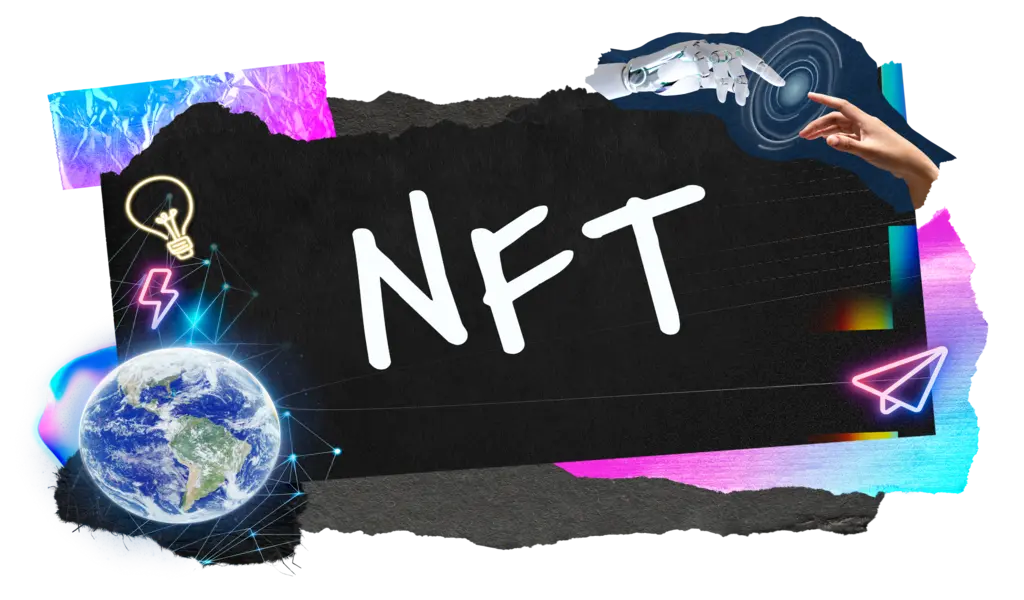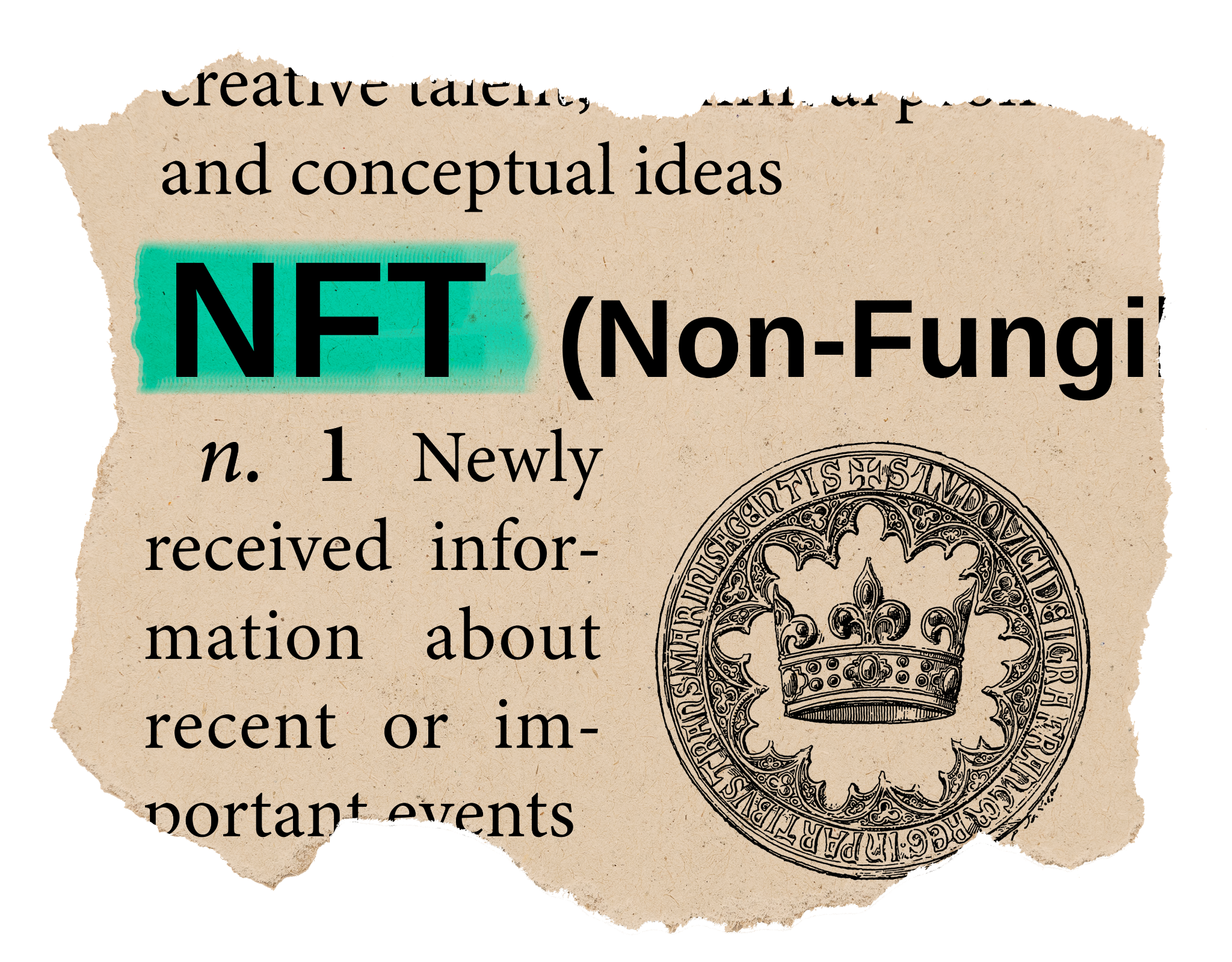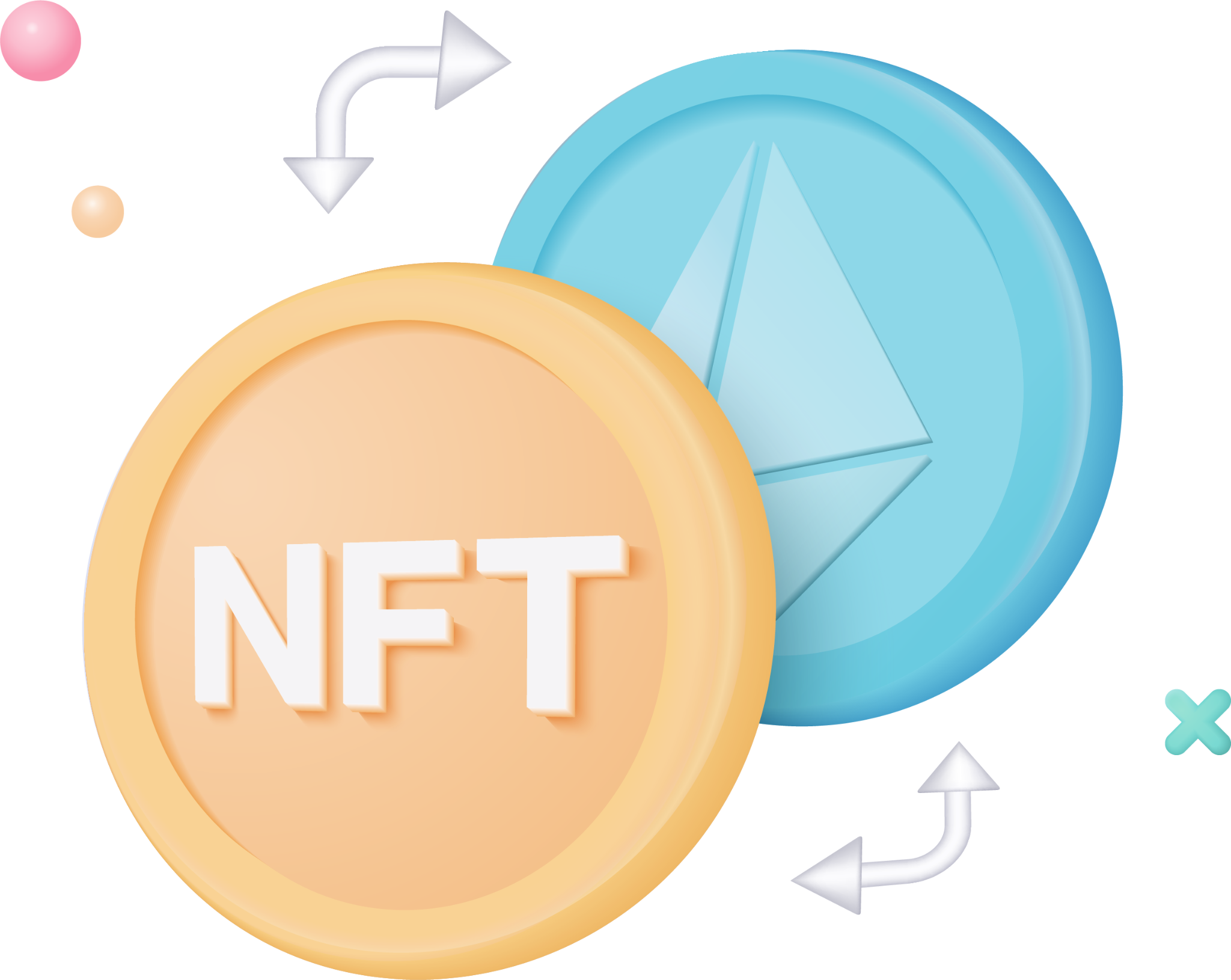Tech
Unraveling the NFT Phenomenon: How Digital Art Is Reshaping the Creative World

Non-fungible tokens, or NFTs, have quickly become a groundbreaking force within the digital landscape. These unique tokens, built on blockchain technology, enable creators to tokenize and monetize their digital creations.
NFTs are indivisible and cannot be swapped one-for-one like cryptocurrencies like Bitcoin and Ethereum.
By giving them a new channel for monetizing their creations, NFTs have given artists, musicians, and other content providers a world of possibility.
The idea of digital ownership and provenance is reshaping the creative sector and how people interact, consume, and buy works of art.
NFT enthusiasts are also turning their attention to Telegram crypto signals, which provide valuable market insights and trading recommendations.
What Sets NFTs Apart from Other Digital Assets?
NFTs are distinct from other digital assets due to their unique properties. Here are the key factors that differentiate NFTs from their counterparts:
- Non-fungibility: Unlike cryptocurrencies, NFTs are not interchangeable with other tokens. Each NFT has its own unique identifier, which makes it impossible to trade on a one-to-one basis with another token.
- Provenance: NFTs establish a clear chain of ownership, making it easy to track an item’s history from its creator to its current owner.
- Indivisibility: NFTs cannot be divided into smaller units, ensuring that the digital asset remains whole.
- Scarcity: NFTs can be minted in limited quantities, adding value to the digital asset by creating an element of rarity.
The Transformative Power of NFTs in the Art World
NFTs have had a profound impact on the art world, offering both artists and collectors a plethora of advantages over traditional art sales and distribution methods. Here are some of the key ways NFTs are reshaping the art industry:
- Democratization of art ownership: NFTs make art more accessible to a wider audience, eliminating the need for physical space and enabling artists to reach global collectors.
- Artist royalties: Creators can earn royalties on secondary sales of their artwork, ensuring they continue to profit as the value of their work increases.
- Authenticity and provenance: NFTs provide a transparent and tamper-proof record of ownership, reducing the risk of forgeries and fraud.
- New creative possibilities: NFTs enable artists to experiment with innovative art forms, such as interactive and generative art, expanding the boundaries of creative expression.
NFTs Beyond the Art Sphere: Expanding Possibilities
While the art world has been a significant beneficiary of NFTs, these tokens have far-reaching applications across various industries. Here are some notable examples of NFT use cases beyond the realm of art:
- Gaming and virtual goods: NFTs allow gamers to own and trade unique in-game assets such as characters, items, and virtual real estate, enhancing the gaming experience and providing opportunities for monetization.
- Collectibles: From digital trading cards to virtual stamps, NFTs enable the creation of rare and collectible digital items, appealing to collectors worldwide.
- Music and entertainment: NFTs empower musicians and performers to tokenize and sell their work directly to fans, facilitating innovative revenue streams and fostering a closer connection with their audience.
- Fashion and design: Designers can create and sell virtual clothing, accessories, and other digital fashion items as NFTs, expanding their reach and targeting the growing market of digital fashion enthusiasts.
The Most Expensive and Popular NFTs: Record-Breaking Sales and Iconic Creations
NFTs have taken the world by storm, and some of these digital assets have garnered significant attention due to their eye-popping price tags and cultural impact. Here are some of the most expensive and popular NFTs in the market.
Beeple’s “Everydays: The First 5000 Days” – $69.3 Million
In March 2021, digital artist Beeple (Mike Winkelmann) made headlines when his NFT artwork, “Everydays: The First 5000 Days,” sold for a staggering $69.3 million at Christie’s auction house. This monumental sale not only marked the highest price ever paid for an NFT but also established Beeple as one of the most valuable living artists.
CryptoPunk #7804 – $7.6 Million
CryptoPunks, one of the earliest NFT projects, comprises a collection of 10,000 unique, pixelated characters. CryptoPunk #7804, a rare alien punk with a pipe and sunglasses, sold for 4200 Ether (approximately $7.6 million at the time) in March 2021, making it one of the most expensive CryptoPunks ever sold.
CryptoPunk #3100 – $7.6 Million
Another highly sought-after CryptoPunk is #3100, an alien punk with a headband. This digital collectible also fetched a price of 4200 Ether (around $7.6 million) in March 2021.
“Crossroads” by Beeple – $6.6 Million
“Crossroads,” another artwork by Beeple, is an animated political piece that sold for $6.6 million in February 2021. The artwork’s content changes depending on the outcome of a specific event, demonstrating the potential of NFTs to create dynamic and responsive digital art.
“The First Twitter Tweet” by Jack Dorsey – $2.9 Million
In March 2021, Twitter CEO Jack Dorsey sold his first-ever tweet as an NFT for $2.9 million. The tweet, which reads, “just setting up my twttr,” was minted on the blockchain-based platform Valuables, highlighting the versatility of NFTs and their ability to tokenize various forms of digital content.
These record-breaking sales and iconic NFTs demonstrate the growing popularity and value of digital art and collectibles. As the NFT market continues to evolve, we can expect to see even more groundbreaking sales and innovative creations that capture the imagination of collectors and enthusiasts worldwide.
Navigating the NFT Marketplace: A Beginner’s Guide
For those new to the world of NFTs, it’s crucial to understand the basics of buying, selling, and trading these unique digital assets. Here’s a step-by-step guide to getting started with NFTs:
- Choose a compatible wallet: Set up a digital wallet compatible with the blockchain network used by the NFT platform (e.g., MetaMask for Ethereum-based NFTs).
- Fund your wallet with cryptocurrency: Purchase the required cryptocurrency (e.g., Ether for Ethereum-based platforms) and transfer it to your digital wallet.
- Select a marketplace: Explore various NFT marketplaces, such as OpenSea, Rarible, and Foundation, to find the platform that best suits your needs and preferences.
- Browse and buy NFTs: Search for NFTs based on your interests, evaluate their value, and purchase them using your cryptocurrency balance.
- Sell or trade your NFTs: List your NFTs for sale on the marketplace or trade them with other users to expand and diversify your digital asset portfolio.
- Develop your knowledge: Make sure you learn about the world of blockchain. Read about smart contracts, trading, Web 3.0, swing trading signals Telegram, etc. I will help you understand different types of NFTs better.
The Future of NFTs: What Lies Ahead
The rapid growth of NFTs has generated significant interest and investment across various industries. As this space continues to evolve, here are some potential developments we can expect in the near future:
- Mainstream adoption: As NFTs become more widely understood and accepted, we can anticipate further integration into mainstream culture and commerce.
- New blockchain networks: Emerging blockchain networks, such as Solana and Flow, will offer alternative platforms for NFT creation and trading, providing a more diverse and competitive ecosystem.
- Improved scalability and sustainability: Ongoing advancements in blockchain technology will address current concerns regarding the energy consumption and scalability of NFT transactions.
- Interoperability: As the NFT market expands, we can expect increased interoperability between different blockchain networks and marketplaces, enabling a more seamless and integrated user experience.
In conclusion, NFTs have emerged as a powerful force within the digital landscape, bringing about a paradigm shift in the art world and beyond. As the technology continues to mature, the potential applications for NFTs are limited only by our imagination, paving the way for a more vibrant and innovative digital future.
Related CTN News:
9 Best Electronic Signature Software 2023 For Streamlined Business Operations
SpaceX To Make 2nd Attempt To Launch Its Starship’s First Test Flight
How To Convert PDF To Google Sheets Using 2 Simple Methods































